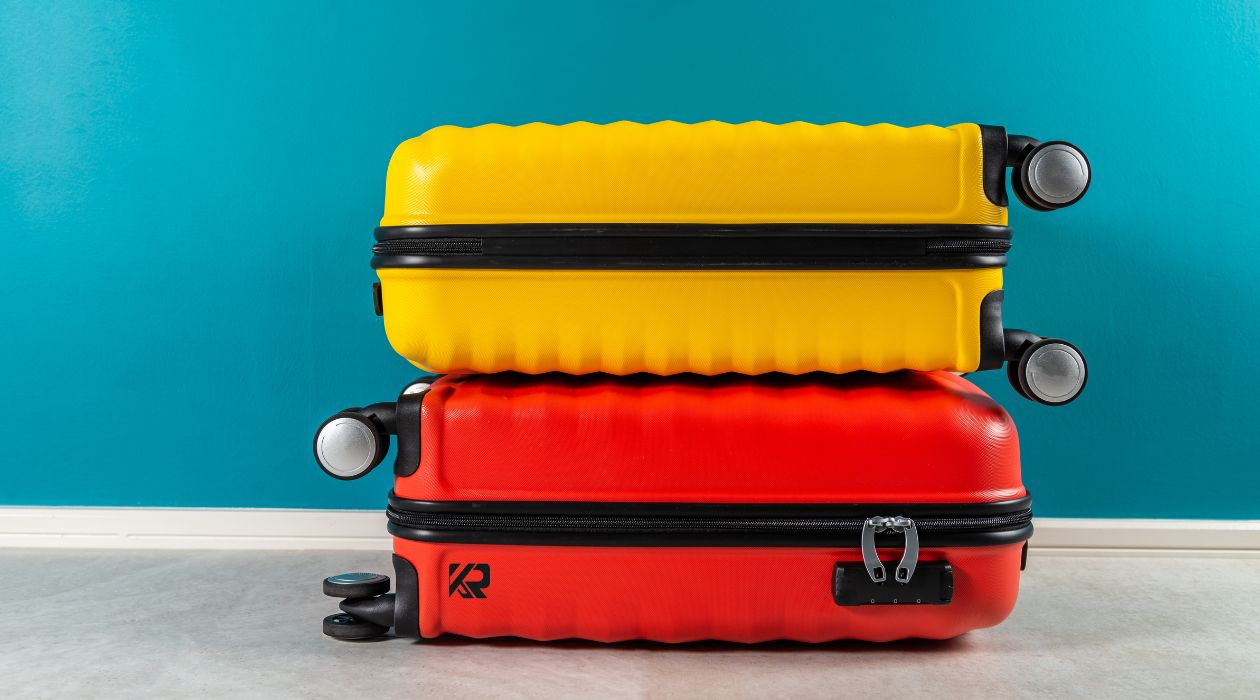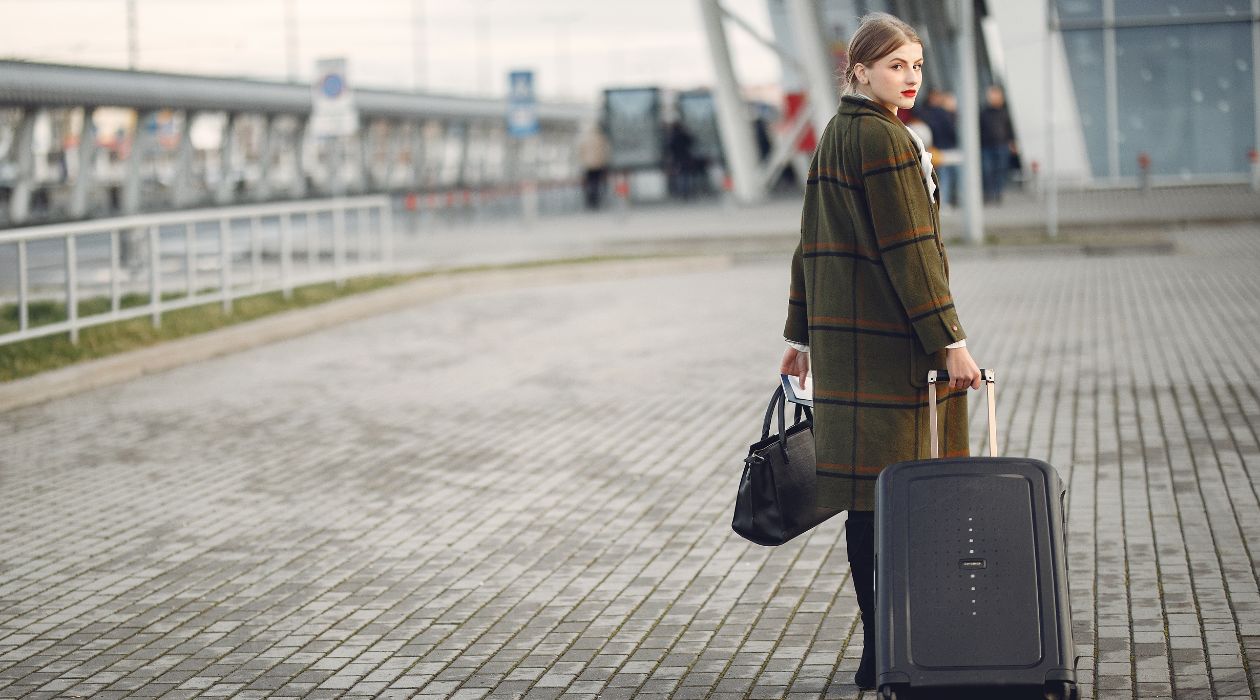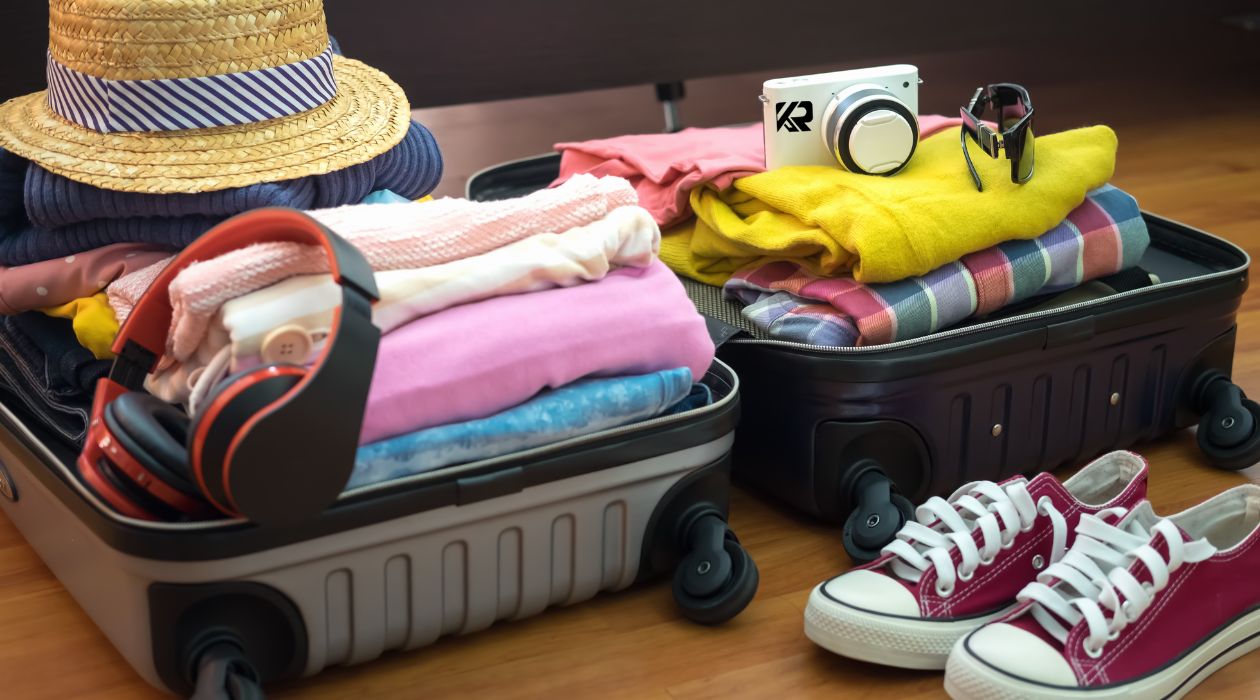
Hard Shell vs. Soft Shell Carry-Ons: What Frequent Flyers Actually Prefer
Hard shell vs. soft shell luggage is one of the most frequently debated questions when it comes to making a decision on a proper element of carry-on luggage when traveling frequently. Both have their merits, and people are likely to choose one or another based on where they are going to travel to, how they pack, and which airline they prefer.

The distinctions between hard and soft shells become increasingly subtle, with the luggage brands remaining as innovative with their variations regarding their use of materials, organisation, and eco-friendliness. By 2025, it does not matter what is better, but what suits your way of travelling.
At Koora, where we focus on building purpose-driven, hard-shell luggage, we’ve taken a deep look at what matters to today’s frequent flyers. Here’s how both types compare—and why more travellers are leaning toward hard shell designs for their modern journeys.
1. Durability & Protection
Hard shell suitcases are designed to take care of what goes inside them. It is also produced with high-end materials such as recycled polycarbonate or polypropylene that make it highly resistant to falls, pressure and water. Hard shell means peace of mind, whether you are transporting electronic, camera equipment or valuables.
-
Resists crushing and external impact
-
Shields contents from rain, spills, and humidity
-
Keeps fragile items safer during transit
Soft Shell
Soft shell luggage is made of hard woven material on which pressure causes the material to flex. Although the modern materials are very resistant to abrasion, they do not provide as much protection against direct hits or even water contact.
-
More forgiving in tight spaces
-
Better resistance to scratches
-
May absorb moisture over time
Frequent Flyer Insight: Travellers carrying delicate gear or moving between climates often prefer the structure and security of hard shells.
2. Weight & Portability
Hard Shell
Today’s hard-shell carry-ons are lighter than ever. At Koora, we use ultra-light recycled materials that reduce total bag weight without sacrificing strength. While soft shells are traditionally lighter, the difference is now marginal, often less than half a kilogram.
Soft Shell
Still slightly ahead on weight, soft-shell bags are great for travellers prioritising minimal loads. However, their added flexibility can lead to overpacking, which may push the total weight over airline limits.
Frequent Flyer Insight: If you're flying with strict weight policies (common in Europe and Asia), look at the total weight packed, not just the shell.
3. Space & Flexibility
Hard Shell
Hard-shell carry-ons offer fixed capacity. What you see is what you pack. They maintain their shape, so even fully packed, they fit precisely into overhead bins and airline-size checkers.
Soft Shell
Soft shells are known for flexibility. Many expand a few centimetres and mould into tight spaces. However, expansion often pushes them outside size limits for budget airlines.
Frequent Flyer Insight: Structured packing wins with consistent fit. Many travellers value the predictable shape and interior layout of hard shells, especially when flying with multiple carriers.
4. Organisation & Access
Hard Shell
Modern hard shell bags typically open in a 50/50 clamshell design. This split layout is great for organizing with packing cubes, keeping items flat and separated. While external pockets are rare, interior compartments are efficient and balanced.
Soft Shell
Soft shells shine when it comes to quick access. External pockets allow for stashing documents, laptops, or chargers without opening the main compartment — handy for airport security or in-flight use.
Frequent Flyer Insight: Travellers who value organisation and protection over frequent mid-transit access are gravitating toward hard shells, especially when paired with a smart personal item or tech pouch.
5. Water & Weather Resistance
Hard Shell
A major advantage. Hard shell materials like polycarbonate naturally repel water. With sealed zippers and water-resistant linings, your belongings stay protected in rain, snow, or high humidity.
Soft Shell
Though many soft shells are treated with water-resistant coatings, they’re still more vulnerable to moisture, especially at the seams or zippers.
Frequent Flyer Insight: For travellers going through diverse climates or unpredictable weather, hard shells offer better protection and peace of mind.
6. Style & Aesthetics
Hard Shell
Contemporary, minimalistic, and classic. Soft shell carry-ons come with a matte or textured, or metallic finish and usually give a sleek, premium appearance, which is appropriate in both work and travel occasions.
Soft Shell
More practical in design, the universal soft shell bags are commonly synonymous with functional travelling. As new models are more sleek, they are still casual in nature.
Frequent Flyer Insight: The hard shells have an elegant, smooth, uniform finish that many passengers prefer, not least because it looks good with neutral or earth-colored travel wardrobes.
7. Repair & Sustainability
Hard Shell
At Koora, we prioritise sustainability by designing hard shell luggage with modular parts — so if something breaks, it can be replaced, not discarded. Our shells are made from recycled polycarbonate, and we offer repair support and recycling take-back programs.
Soft Shell
Soft shells can sometimes be patched or stitched at home, but extensive damage to the fabric often means replacing the entire bag. Materials are harder to recycle at end-of-life.
Frequent Flyer Insight: A hard shell built with sustainability in mind — like Koora’s — offers a longer, lower-impact lifespan compared to most soft shell bags.
8. Security
Hard Shell
Hard shells typically come with built-in TSA-approved locks and tamper-resistant zippers. Since they have no external pockets, there’s less opportunity for theft during transit.
Soft Shell
External compartments can be convenient, but they also increase vulnerability. Even with locks, zippers on fabric panels may be more easily compromised.
Frequent Flyer Insight: Hard shell bags offer added reassurance for international travel, especially when checking in at busy or high-traffic airports.
So, What Are Travellers Choosing in 2025?
While soft shells still appeal to travelers looking for flexibility and quick access, hard shell luggage is gaining ground among frequent flyers, digital nomads, and eco-conscious travellers for its
-
Superior protection
-
Sleek appearance
-
Water resistance
-
Eco-friendly materials
-
Airline compatibility
At Koora, we’ve designed our hard-shell carry-ons to reflect these exact priorities. They're made to perform across continents, cabins, and climates—without compromising on sustainability or style.
The Koora Approach: Why We Build Hard Shell Luggage
Our carry-ons are crafted with:
-
Recycled polycarbonate shells tested for impact and weight
-
Minimalist design that fits all major airline regulations
-
Smart interiors that keep you organised from departure to destination
-
Modular parts that are repairable, replaceable, and designed to last
We believe great luggage should adapt to the way you travel — and still reflect the values you travel with.
Final Thoughts
The debate between hard and soft shell carry-ons will always come down to personal preference. But in 2025, frequent flyers are prioritising structure, protection, sustainability, and compatibility—all of which make hard shells the smarter choice for many modern travellers.
If you're looking for something that stays strong, packs smart, and fits your lifestyle, Koora’s hard shell collection is ready for the miles ahead.



Leave a comment
This site is protected by hCaptcha and the hCaptcha Privacy Policy and Terms of Service apply.